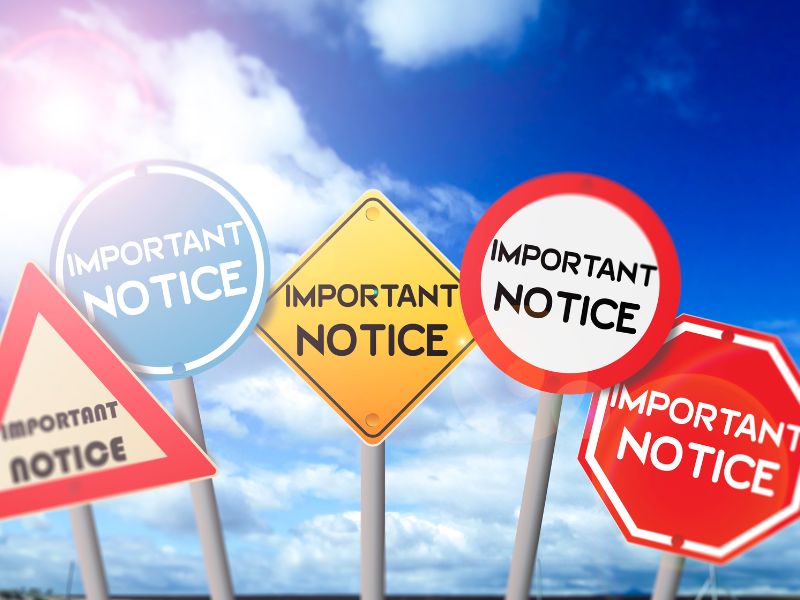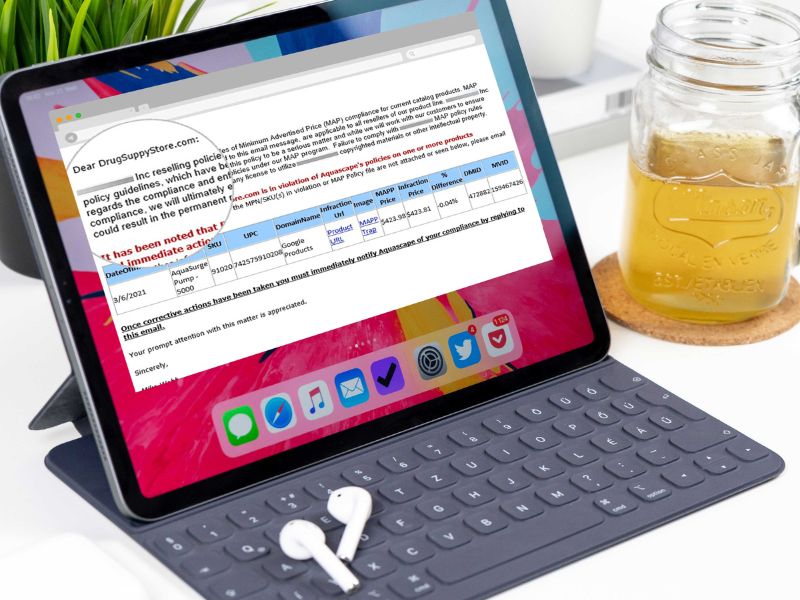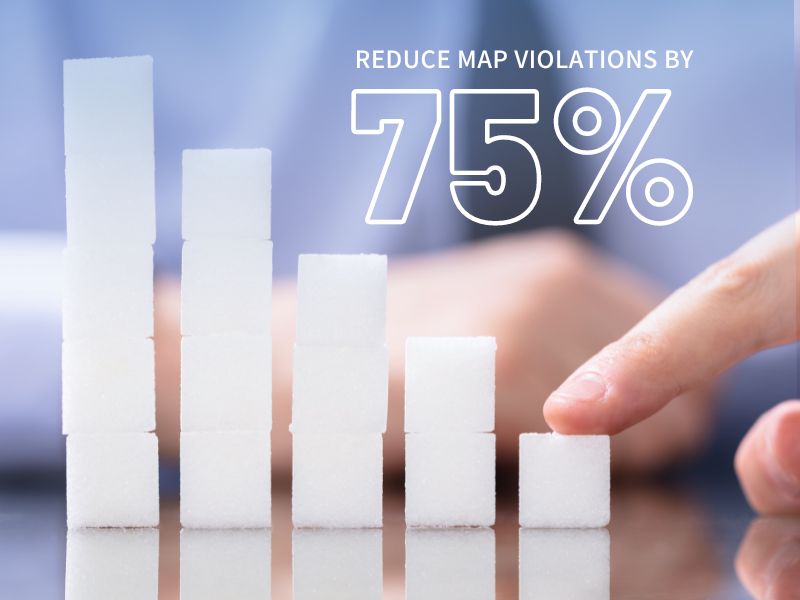There is no question about the effectiveness of a well-conceived and properly implemented Minimum Advertised Pricing Policy (MAPP). The results are measurable. Successful brands see a benchmark 75% reduction in MAP violations by known, authorized sellers by month three, and near full compliance within six months. Along with the reduction of non-compliant sellers, there is an increase in retail profit margins, more consistent omni-platform pricing, and in many cases, a reduction in the number of unauthorized online sellers.
Brands often ask us, how quickly and how comprehensively will these improvements happen for their company? The answer depends on a number of factors:
Does the brand know how sellers get their inventory? The only recourse a brand has for MAP violators is to stop shipping its products to the non-compliant seller(s). If the brand doesn’t know who they are or how they purchased goods, then they can’t be stopped. MAPP Trap actually recommends that brands never try to enforce MAPP against unauthorized sellers because it’s a waste of time and effort. The fact that they are selling the brand’s product is the offense and price is moot. Companies that work with wholesale distributors, third-party drop shippers, and/or buying groups frequently have these challenges.
.jpg)
Does the brand consistently follow-through on its stated penalties for non-compliance? If the brand only issues warnings, but never actually cuts violators off, then compliance will take much longer to achieve… if ever! This may seem obvious, but many brands actually do this. That makes some sellers more resistant to compliance efforts as they don’t think they’ll ever get cut off. So brands that actually enforce, see success much faster.

How much inventory do non-MAP compliant online sellers have? If a seller has a lot of inventory and refuses to comply, then they will keep their prices low. And because of the nature of auto-repricers, that may cause other sellers to continue listing below MAP. It’s really up to the brand to decide if it wants to cut off non-compliant, authorized sellers that are following unauthorized seller pricing.

Does the brand have a consistent, repeatable process for sending MAP notifications? Enforcement notices need to be consistently sent to all violators when they violate. Manual efforts at enforcement run the risk of missing days, or perhaps weeks in between notices. That can make sellers doubt the brand’s commitment. Internal stakeholders like the sales, finance and shipping departments also need to know when a seller has been cut off to avoid accidentally resending the products.

When should a brand expect to see results after implementing MAP?
On average, brands that enforce MAP without automation see compliance of about 25% within the first three months. It can take an additional nine months to reach the 75% mark. 100% compliance is unfortunately rare. There will always be some discounting because some companies violate MAP unknowingly, some decide to sell a different brand and liquidate the MAP inventory at a lower price (thus causing price reduction by bots), and some sellers get products through retail arbitrage, returned inventory purchases or supply chain leakage. But, those non-compliant sellers will typically be smaller, sellers with low inventory that come and go quickly.

Brands should be aware that just because they achieve high compliance they can’t stop their efforts. They need to continue to diligently watch ecommerce and enforce MAP with new and repeat offenders. We call it the rinse-repeat cycle of MAP enforcement.
In the end, brands that get the fastest results from their MAP enforcement efforts are the ones that:
1. Define a clear, repeatable process for identifying and contacting MAP violators, and
2. Consistently follow through on their enforcement efforts.
This requires a diligent, thorough and highly organized approach, which can be time consuming and labor-intensive. That’s why many successful brands use tools like MAPP Trap to automate those processes, identify sellers more quickly and stay on top of their enforcement efforts.
Most brands that let MAPP Trap manage their efforts see extremely high success rates because of our expertise, our automation and available seller data. But even self-enforcing brands that use MAPP Trap see faster results because the platform provides them with effective DIY tools and the KPIs they need to focus their efforts.